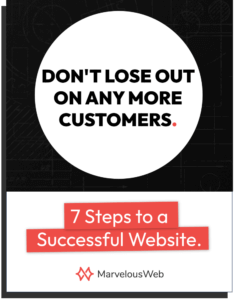The reason for doing any kind of advertising is to get the message out to your community of both the existing clients and potential customers. Proper small business marketing strategies are the backbone of any business and for you to register increased sales, you need to adapt proper strategies in your marketing campaign. This has always been the case for offline advertising such as television and radio ads, newspaper ads and direct marketing. Experience has shown that the approaches to on-line advertising are no different to those traditionally used for off-line advertising.
Small business owners often start advertising online before they try any advertising offline but the reality is that a combination of both can be especially effective. There are plenty of ways to advertise online and your main focus for all of them should be building your brand. Here are just three of the ways you can advertise online. Below are the basic approaches to successful small business marketing:
SEO Marketing
Having a website is an essential part of advertising online. It’s your hub. It’s where people can find you, and it’s where people can flock to give you money. One of the best ways for people to find your website is to have it ranking in search engines such as Google and Bing. Proper SEO (or Search Engine Optimization), as the term suggests, will enable search engines to find you easily when someone types in a search phrase that matches very closely with what your business website offers visitors. If done right, it can give you an endless amount of free traffic to your website.
PPC Advertising
SEO Marketing provides traffic that is often called organic because it does not cost you anything. However, if you want to get people onto your site quickly, especially while you’re waiting for your SEO to improve (It takes hard work!..but is totally worth it), then Pay-Per-Click (PPC) advertising is the fastest and easiest way to bring targeted traffic to your site. This includes things like AdWords, Facebook advertising and anywhere else where you pay a set amount of money for each visit that ends up on one of your web pages.
Email Marketing
You can create your own mailing list to keep in touch with all of your customers (and potential customers) by providing an opt-in box on your website. Email marketing is then a process by which you use a series of emails to your list with the aim of building a relationship with them, often by providing further free but valuable information. Research has shown that it can take a number of such contacts for you to build sufficient trust with those on your list that they then choose to buy from you. Email marketing is an effective and low-cost way to sell and should be a part of the on-line strategy for every business.
Summary
A new trend in small business marketing strategies involves online advertising. The advertising should be based on a user’s local area and demographic information. As a small business owner, you need to have something that makes you stand out from the crowd. Consistently, apply these tips in your marketing strategy and the results will be rewarding.





